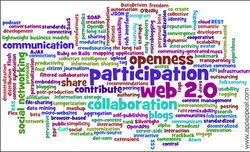
Ok this was one of those assignments that left me nervous and to be super honest (knowing my professor will read this) I was relieved that life was so busy with legitimate excuses like the fact we are currently moving that I had to put this off. When I heard Web 2.0 I thought that I was going to have to do super hard, complicated web stuff that I am not interested in. Well I was surprised tonight! The options that Garth gave us were so simple! Of course it took me a little bit to get familiar with how each piece of technology works but it was much simpler than I expected. I think I will first tell you about the tools before discussing how this changes teaching and learning.
First, Prezi. This is an amazing site that is way, way, way better than Power Point. The concept is similar to Power Point but you can zoom in on topics and it is simple to use. They give you cool templates or you can create your own presentation BUT on each type it is the same, you are working from a white board and can place your content where ever you want within the presentation. So if you were giving a presentation your audience would see the big picture first and you would zoom in on finer points. I found a neat template that was like a trail so I made a prezi about conjugating irregular -ir verbs in Spanish. Now, if you did not like Spanish when you were a student or found irregular verbs tough, maybe it would have been easier to understand them if your teacher had presented them in a more exciting and clear way like we can using Prezi. Below you will see a screen shot of my completed Prezi. I was not able to figure out how to embed it on my blog so you will have to trust me that you can zoom in and out!
First, Prezi. This is an amazing site that is way, way, way better than Power Point. The concept is similar to Power Point but you can zoom in on topics and it is simple to use. They give you cool templates or you can create your own presentation BUT on each type it is the same, you are working from a white board and can place your content where ever you want within the presentation. So if you were giving a presentation your audience would see the big picture first and you would zoom in on finer points. I found a neat template that was like a trail so I made a prezi about conjugating irregular -ir verbs in Spanish. Now, if you did not like Spanish when you were a student or found irregular verbs tough, maybe it would have been easier to understand them if your teacher had presented them in a more exciting and clear way like we can using Prezi. Below you will see a screen shot of my completed Prezi. I was not able to figure out how to embed it on my blog so you will have to trust me that you can zoom in and out!
Now on to voki. This was the one tool that did frustrate me initially but I will get to that in a minute. This is a way that you can create your own avatar, it can be a person or an animal, and then you customize it and then record your voice for 60 seconds. This is a super neat way you can give your students information. Of course since it is just 60 seconds long you can only give them the most important data but hey maybe they will be more likely to remember it if one of the ways they learn it is through a fun avatar. What frustrated me was that I had to record 60 seconds and could not stop it earlier. Also even though I spoke the entire time when I played it back there were gaps as if my microphone turned off. I will have to tweak this when I use it more in the classroom. So below is my voki. You can listen but unless you speak Spanish it isn't going to make much sense :).
This last web 2.0 tool is simple, simple, simple but I like that it is less flashy but yet a good way to get at what your students have learned and what they need to study more. Also, since no one will know who is answering there may be less anxiety for the students who may be unsure about the answer. So what is this tool? It is AnswerGarden. What you do is you type a question and then your students answer it. As an answer is submitted it shows up on the screen and the more answers there are the screen changes and grows. Below you will see one I created asking students what country they would like to visit. Of course I entered a few so that you could get an idea of what it looks like with some answers.
So how does this change teaching and learning? I think I am becoming a broken record but it allows us as teachers to communicate with our students in a medium that they find comfortable and more interesting. I think they would be more likely to listen and remember information they heard from a cool voki more than from a lecture during a traditional class period. But then the traditional class period can be changed using Prezi. You can have a discussion with your students about say how to conjugate irregular verbs and use prezi to make the content more accesible and interesting and hopefully easier to remember because of how you deliver it. Then if you need to get a feel for where your class is in a particular unit you can put an AnswerGarden question up on your class website to find out. Or you can have one for your students to write what they need clarification on. Then you can modify your lesson plans and teaching based on your students' needs and interests. Ultimately all these tools allow our classroom to be student centered rather than focused on teachers. Plus it is more fun for us to interact with content this way than just traditional paper and chalkboard. Yes you heard it this is more fun and I will use these tools...I am not intimidated anymore!
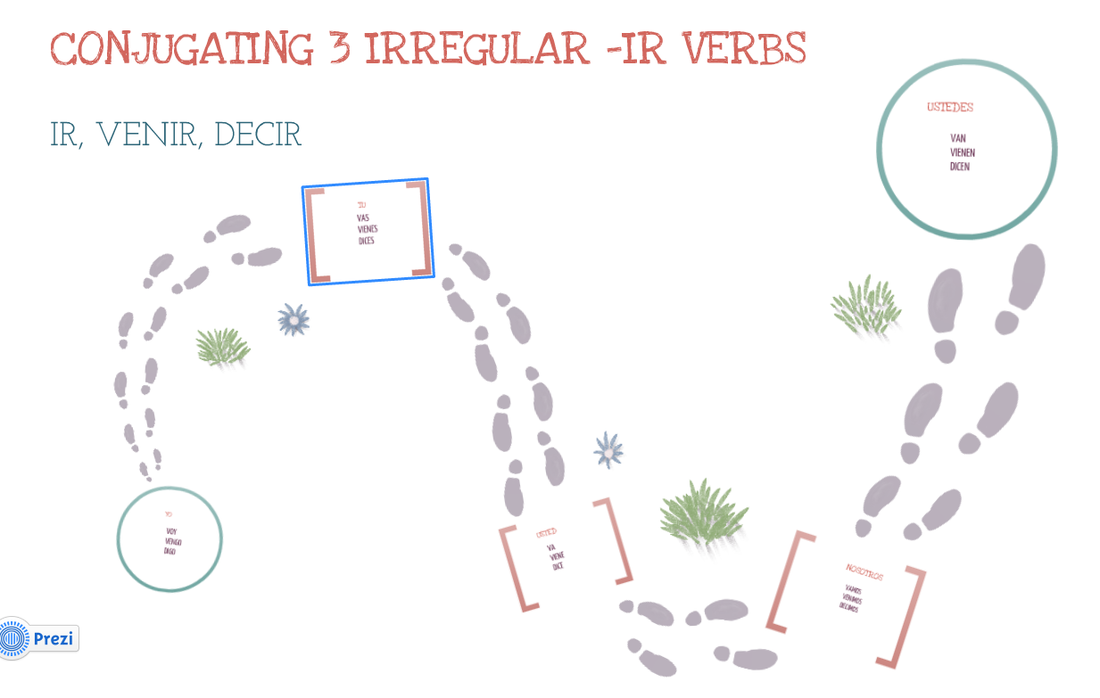
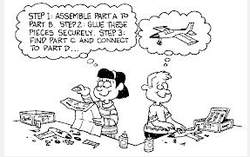
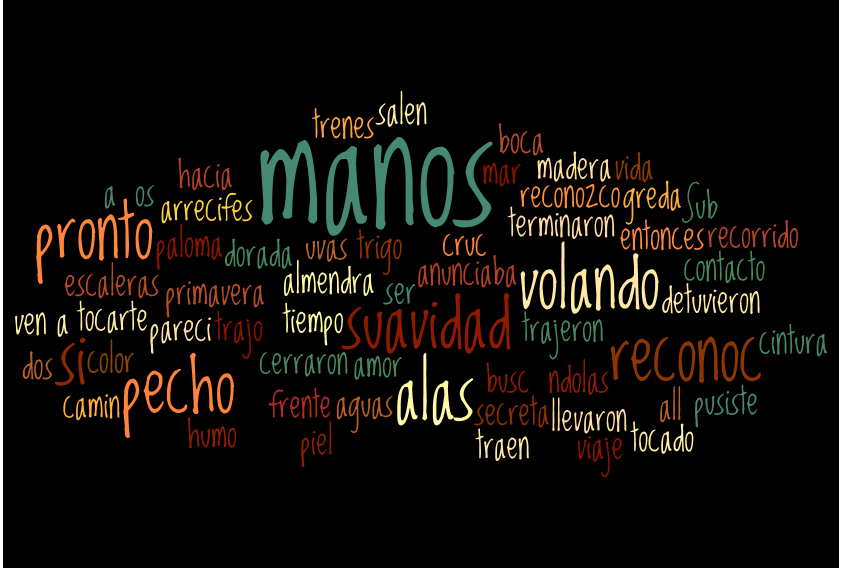
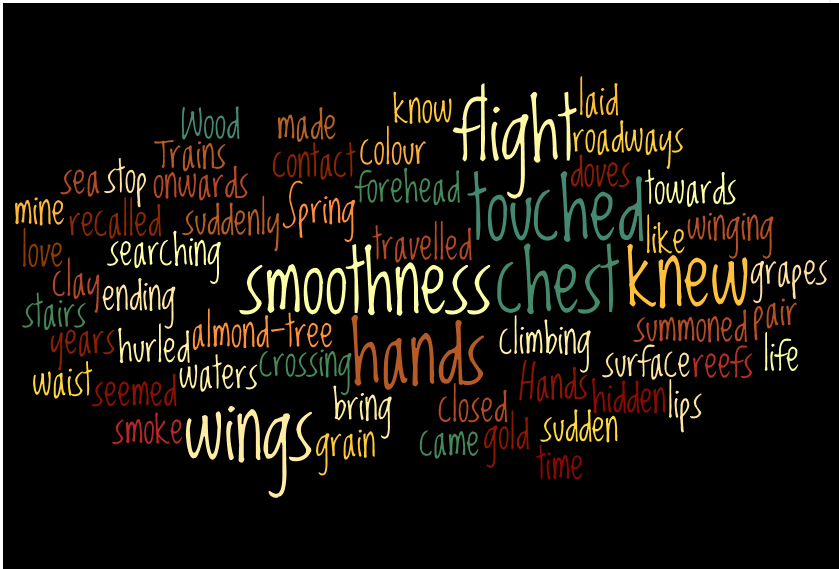
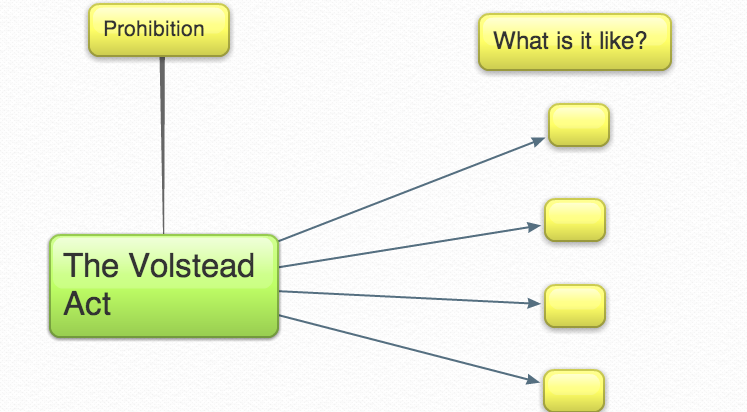

 RSS Feed
RSS Feed